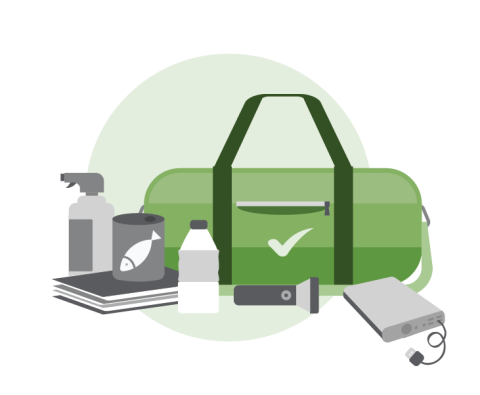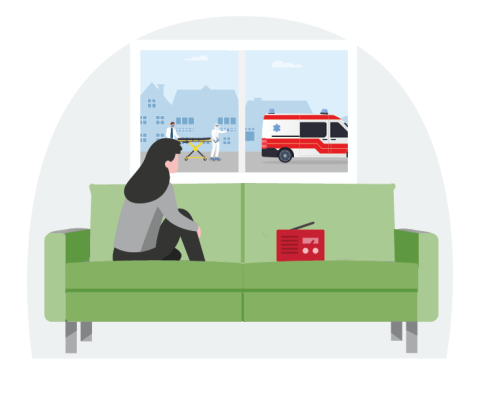Before Biohazard Exposure
During a Possible Exposure
Associated Content
Biological agents are organisms or toxins that can kill or disable people, livestock and crops. Biological events can either be accidental or intentional. Both types of events can make you sick.
There are three basic groups of biological agents that could either accidentally or intentionally hurt someone: bacteria, viruses and toxins. Biological agents can be spread when they get sprayed into the air, with person-to-person contact, when animals are infected and then interact with people, or when food and water are contaminated.
Before a Biohazard Exposure
Events where you are exposed accidentally or intentionally to biohazards may or may not be immediately obvious. In most cases, local health care workers will report a pattern of unusual illness or there will be a wave of sick people seeking emergency medical attention. You would be alerted through an emergency radio or TV broadcast, a telephone call or a home visit from an emergency response worker.
To prepare:

- Build an Emergency Supply Kit.
- Make a Family Emergency Plan.
- Check with your doctor to make sure everyone in your family has up-to-date immunizations.
- Consider installing a High-Efficiency Particulate Air (HEPA) filter in your furnace return duct, which will filter out most biological agents that may enter your house.
During a Possible Exposure
The first sign of a biohazard exposure may be when people notice symptoms of the disease caused by exposure to the bacteria, virus or toxin. Public health officials may not immediately be able to provide information on what you should do. It will take time to figure out exactly what the illness is, how it should be treated and who is in danger.
During a event:

- Watch TV, listen to the radio or check the Internet for official news and information including:
- Signs and symptoms of the disease
- Areas in danger
- If medications or vaccinations are being distributed
- Where to seek medical attention if you become ill
- Quickly get away from the area if you notice a suspicious substance.
- Cover your mouth and nose with layers of fabric that can filter the air but still allow you to breath. Examples include two to three layers of cotton such as a t-shirt, handkerchief or towel.
- Depending on the situation, wear a face mask to reduce inhaling or spreading germs.
- If you have been exposed to a biological agent, remove and bag your clothes and personal items. Follow official instructions for disposal of contaminated items.
- Wash yourself with soap and water and put on clean clothes.
- Contact authorities and seek medical assistance. You may be advised to stay away from others or even to quarantine.
- If your symptoms match those described and you are in the group considered at risk, immediately seek emergency medical attention.
- Follow the instructions of doctors and other public health officials.
- Avoid crowds.
- Wash your hands with soap and water frequently.
- Do not share food or utensils.


